#Sacral Architecture
Explore tagged Tumblr posts
Text
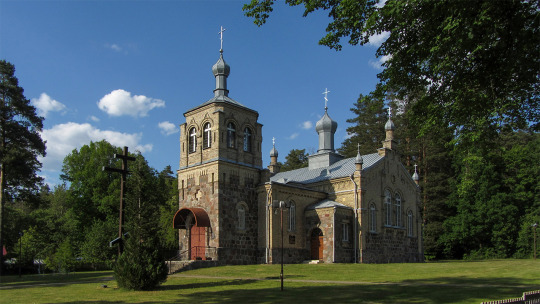
PL:
Cerkiew św. Anny w Królowym Moście
Cerkiew wzniesiono w 1. połowie XX w. na potrzeby erygowanej w 1900 parafii prawosławnej. Budowę rozpoczęto w 1913, całkowicie zakończono przed 1939.
Świątynia została zbudowana na planie krzyża greckiego, z kamienia i cegły licówki, w stylu eklektycznym. We wnętrzu znajduje się ikonostas pochodzący z cerkwi w Grodnie. Polichromie świątyni wykonał Włodzimierz Wasilewicz w 1939.
EN:
Church of St. Anne, Królowy Most, Poland
The church was built in the first half of the 20th century for the Orthodox parish established in 1900. Construction began in 1913 and was fully completed before 1939.
The temple was constructed in the shape of a Greek cross, using stone and facing brick, in an eclectic style. Inside, there is an iconostasis originating from a church in Grodno. The polychromes of the temple were created by Włodzimierz Wasilewicz in 1939.
#królowy most#królowymost#krolowymost#cerkiew#cerkiewprawosławna#orthodox#orthodoxchurch#orthodox church#cerkiew prawosławna#podlasie#kościół#church#polska#poland#świątynia#temple#chrześcijaństwo#christianity#wiara#religia#region#faith#view#widok#krajobraz#landscape#archotektura#architecture#architektura sakralna#sacral architecture
3 notes
·
View notes
Text
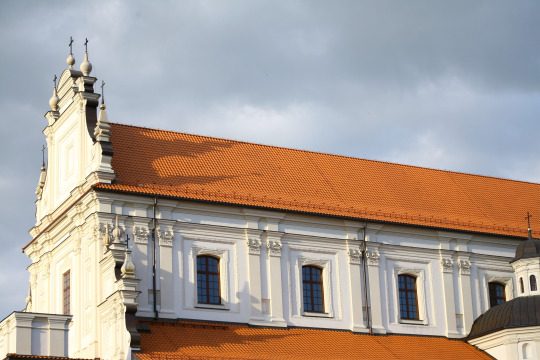
Annunciation Church, 30.04.2022 Zamość
#poland#polska#photography#photographers on tumblr#canon#canon photography#architecture#church#zamość#zamojskie#zamojszczyzna#lubelskie#lubelszczyzna#sacral architecture#sacral#light#clouds#nofilter
26 notes
·
View notes
Text
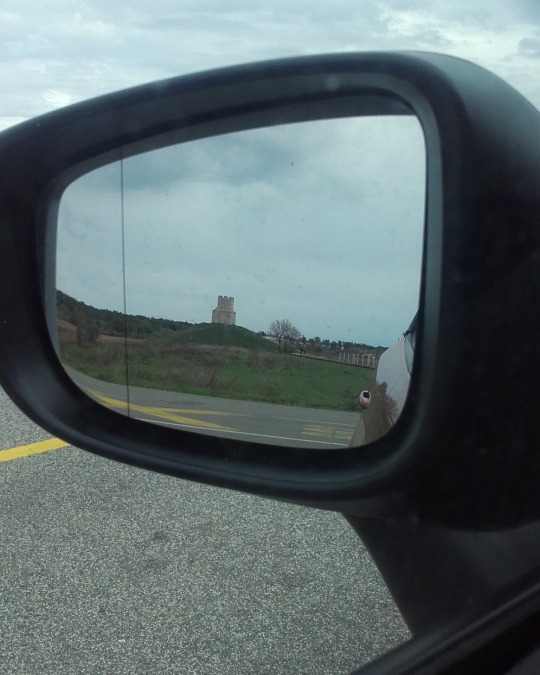
St Nicholas church near Nin, where 7 kings of the early Croatian Kingdom were crowned, according to legend. It sits on top of a much older Illyrian burial mound
2 notes
·
View notes
Text
Churches: Coloring Book for Adults
Are you interested in sacral architecture? Do you like coloring? This book is a great way to combine these two hobbies. It features 40 images of churches. Thanks to grayscale images, your art will get more depth and realistic look. Illustrations are printed on single-sided pages to prevent bleed-through. Grab your coloring tools and immerse yourself in the world of churches and cathedrals.

#amazon#gift ideas#hobby#relax#free time#church#cathedral#religion#faith#believe#architecture#building#sacred#sacral#sacral architecture#belief#religious#coloringbook#coloring for adults#adultcoloringbook#fun#christianity#priest#pastor#prayer
0 notes
Text

#gothic#architecture#churches#cathedral#medieval#sacral art#paris#saint chapelle#sainted places#dark aesthetics
759 notes
·
View notes
Text
Stained glass light
Prague - 2019

#photography#photography of the day#cathedral#church#gothcore#gothic#goth aesthetic#architecture#colorful#lights#sacral#czechia#praga#interior#magical#dark academia
46 notes
·
View notes
Text

RONALD RAINER PFARRKIRCHE PUCHENAU, 1976 Puchenau, Austria Image @ Thomas Ledl
#architecture#design#architect#art#designer#archdaily#artwork#photography#juliaknz#form#church#austria#austrian architect#ronald rainer#thisispaper#dezeen#ignant#archive#sacral#landscape#puchenau#gartenstadt puchenau
12 notes
·
View notes
Text




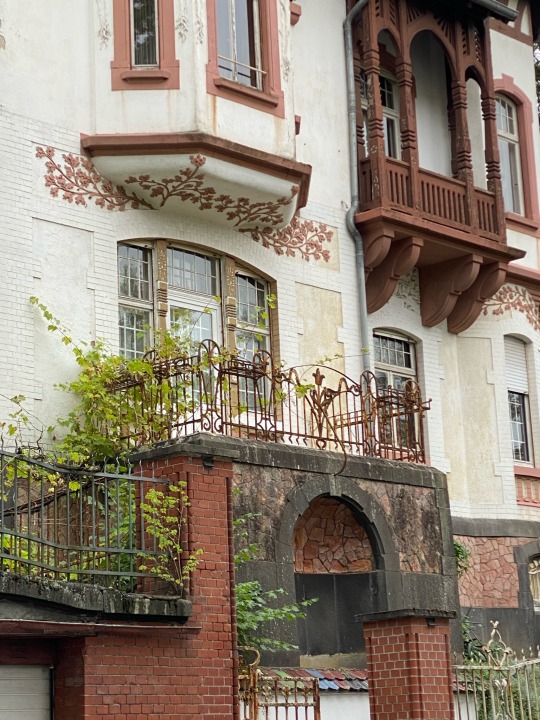

#artists on tumblr#sacral#arte sacra#frankfurt am main#wiesbaden#church#architecture#architectdesign#architettura#mediaval#gotica#brutalism#rosette#artwork#art
1 note
·
View note
Text

PL:
Cerkiew obronna, Supraśl (część 2 z 3)
We wrześniu 1947 r. Naczelna Dyrekcja Muzeów i Ochrony Zbiorów poleciła przystąpienie do pełnej odbudowy całego założenia klasztornego. Po wojnie w obiektach klasztornych działała szkoła rolnicza, od lat 80. XX wieku zabudowania były stopniowo przekazywane Polskiemu Autokefalicznemu Kościołowi Prawosławnemu, który prowadził prace konserwatorskie i remontowe.
W 2021 r. zakończono trwającą 37 lat odbudowę głównej cerkwi monasteru. Jest ona obiektem łączącym funkcje obronne i sakralne. Zawiera cechy stylu bizantyńskiego i gotyckiego.
EN:
Defensive Orthodox church, Supraśl, Poland (part 2 of 3)
In September 1947, the Chief Directorate of Museums and Protection of Collections ordered the full reconstruction of the entire monastic complex.
After the war, an agricultural school operated in the monastery buildings, and from the 1980s, the buildings were gradually handed over to the Polish Autocephalous Orthodox Church, which carried out conservation and renovation work.
In 2021, the 37-year-long reconstruction of the main church of the monastery was completed. It is a structure that combines defensive and sacred functions, featuring elements of Byzantine and Gothic styles.
#supraśl#suprasl#cerkiew#cerkiewprawosławna#orthodox#orthodoxchurch#podlasie#kościół#church#polska#poland#architektura#architekturagotycka#architekturasakralna#architecture#sacralarchitecture#gothicarchitecture#temple#świątynia#chrześcijaństwo#christianity#zamek#castle#architektura sakralna#architektura gotycka#gothict architecture#sacral architecure#monastery#monaster#monastersuprasl
2 notes
·
View notes
Text

Holy Trinity Church, 29.05.2020 Tykocin, Poland
#polska#poland#photography#photographers on tumblr#architecture#church#sacral#tykocin#podlaskie#podlasie#town square#town#cloudy#moody weather#samsung
51 notes
·
View notes
Text
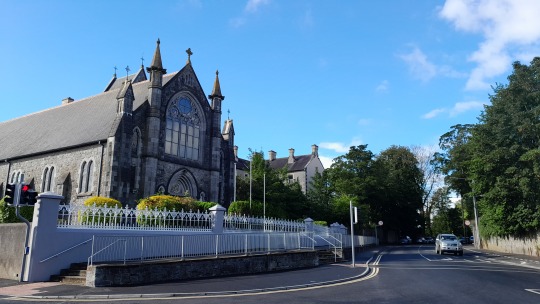
St Patrick's church in Kilkenny, Ireland
0 notes
Text
Altars & Shrines in Hellenism
In Hellenism, the practice of setting up altars and shrines to the gods plays an important role in religious worship and devotion. Altars and shrines serve as physical focal points where offerings, libations, and prayers can be made to the deities.
Altars
Altars in Hellenism can take various forms, but typically consist of a raised platform or table upon which offerings are placed. Altars are often made of stone, wood, or even simply piled earth. The size and design of the altar can vary depending on the space available and the specific needs of the practitioner.
Altars are usually set up in a dedicated religious space, such as a home shrine, a temple, or outdoors in a grove or sacred area. They are oriented to face the east, toward the rising sun, as a symbolic gesture toward the divine.
Common offerings placed on Hellenic altars include incense, candles, flower petals, fruits, grains, and libations of wine, water, or honey. Practitioners may also leave small votive objects, such as statues or figurines, as gifts to the gods.
Shrines
Shrines in Hellenism are small, dedicated spaces set aside for the veneration of a particular deity or group of deities. Shrines can be located both indoors and outdoors, and they often incorporate images, statues, or other representations of the gods.
Household shrines are a common feature in Hellenic practice, allowing practitioners to maintain a personal connection with the divine in their own homes. These shrines may be as simple as a small table or shelf with a statue or symbol of a deity, or they may be more elaborate, with multiple images, offerings, and ritual tools.
Outdoor shrines, known as "sacral landscapes," can be found in natural settings, such as groves, springs, or hilltops. These locations were considered sacred to the ancients and were often the sites of temples, altars, and other religious structures.
Visiting and tending to both altars and shrines is an important part of Hellenic religious practice, allowing practitioners to honor the gods, make offerings, and seek their blessings and guidance.
Sacred Spaces
In addition to altars and shrines, Hellenism also places great importance on the concept of sacred spaces - specific locations that are dedicated to and imbued with the presence of the divine.
Temples
The most well-known sacred spaces in Hellenism are the temples, which were grand structures built to house the physical representations (cult statues) of the gods. Temples were considered the dwelling places of the deities, and they served as the primary sites for public worship and ritual activities.
Temples were often located in prominent positions within a city or in natural settings, such as on hilltops or near bodies of water. The architecture and decoration of a temple were carefully designed to reflect the attributes and domains of the deity it honored.
Natural Sanctuaries
Beyond the constructed temples, Hellenism also recognized certain natural locations as sacred spaces. These included groves, springs, caves, and mountains, which were seen as inherently holy due to their physical features or associations with particular gods and mythological events.
Natural sanctuaries, known as "sacred landscapes," were often the sites of altars, shrines, and other religious structures. They were believed to be places where the veil between the mortal and divine realms was thinner, allowing for more direct communication and interaction with the gods.
Household Shrines
As mentioned earlier, individual households in Hellenism also maintained their own sacred spaces in the form of domestic shrines. These small altars or dedicated areas within the home were important centers of private worship and devotion, allowing practitioners to maintain a personal connection to the divine on a daily basis.
Household shrines were often located in prominent areas of the home, such as near the hearth or the entrance, and they were tended to through the offering of libations, prayers, and other rituals.
Regardless of the specific form, sacred spaces in Hellenism served as conduits for communication with the divine, providing opportunities for both individual and communal religious practice and devotion.
#hellenism#hellenic deities#hellenic polythiest#devotees#deity#deity worship#greek deities#devotional#hellenic worship#hellenic polytheism#hellenic pagan#i might be wrong with everything so don’t take my word for it.
207 notes
·
View notes
Text
Churches: Coloring Book for Adults
Are you interested in sacral architecture? Do you like coloring? This book is a great way to combine these two hobbies. It features 40 images of churches. Thanks to grayscale images, your art will get more depth and realistic look. Illustrations are printed on single-sided pages to prevent bleed-through. Grab your coloring tools and immerse yourself in the world of churches and cathedrals.
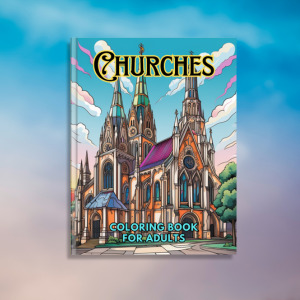
#adult coloring book#coloring#coloring book#gift ideas#amazon kdp#amazon#church#cathedral#faith#believe#sacral#sacred#sacral architecture#architecture#building#fun#relax#hobby
0 notes
Text
✨
#saint chapelle paris#france#gothic#churches#dark art#sacral#chapel#sainted places#architecture#medieval
181 notes
·
View notes
Text

Stained glass light
Prague - 2019
#photography#photography of the day#gothcore#goth#church#cathedral#czechia#dark academia#aerie#sacral#architecture#interior#decor#colorful lights#gothic#magical#fantasy photography
20 notes
·
View notes
Text
So, I've noticed a few things about Sir Pentious' blimp and how it's built.

Its main window is all circular, and if you look at how it's structured, it resembles a flower. Specifically, a window like this is often seen in churches, and they're called "rose windows"
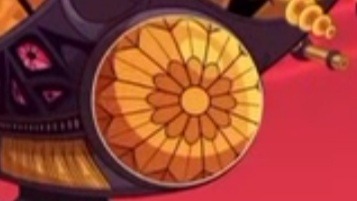
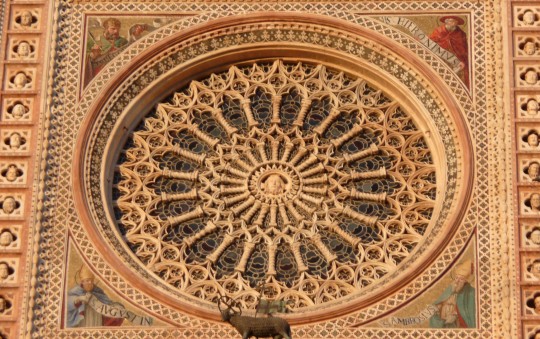
Then, the windows on the side: it's like they're made of stained glass. And, what do you know? They're also found in churches!
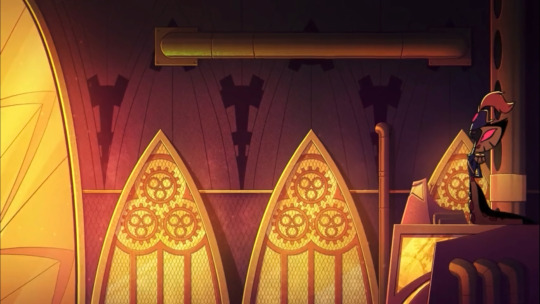
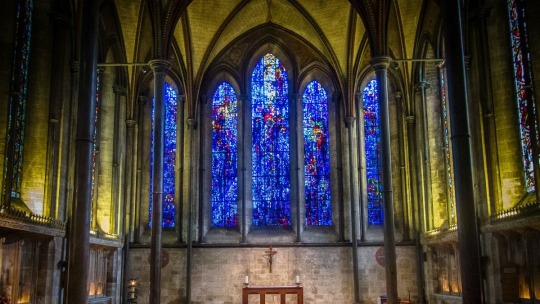
And finally, the ship has a pointy extreme on its frontal area. It actually looks like a spire, aka the highest architectural element in a church.

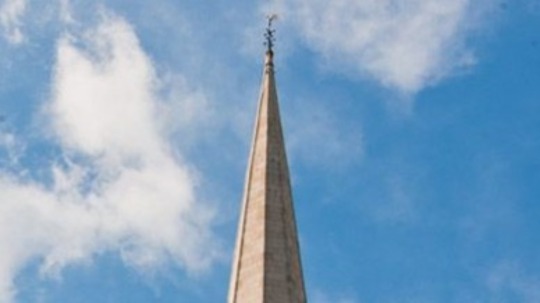
So basically, this blimp contains elements that evoke the place where everyday people come to confess their sins and become better people and be able to eventually ascend to Heaven.
Sounds familiar?

Notably, a certain Sinner, who happens to resemble the Biblical representation of sin and evil (the snake), became a martyr and ascended to Heaven by using this machine of destruction to save his friends with no guarantee he'd be able to survive such an action.


Such an act of self sacrifice to help beloved ones is seen as the ultimate form of love and virtue, and it fully explains the brilliance and plot reasons behind his blimp's sacral architecture.
"Greater love has no one than this: to lay down one’s life for one’s friends." (John, 15:13)
#Guys Sir Pentious has so many details to him that foreshadow his redemption I can't believe it!#Vivziepop#Hazbin Hotel#Sir Pentious#Fave Character#Comfort Character#Architecture#Church#Churches#Christianity#Personal Rambles#Character Analysis
110 notes
·
View notes